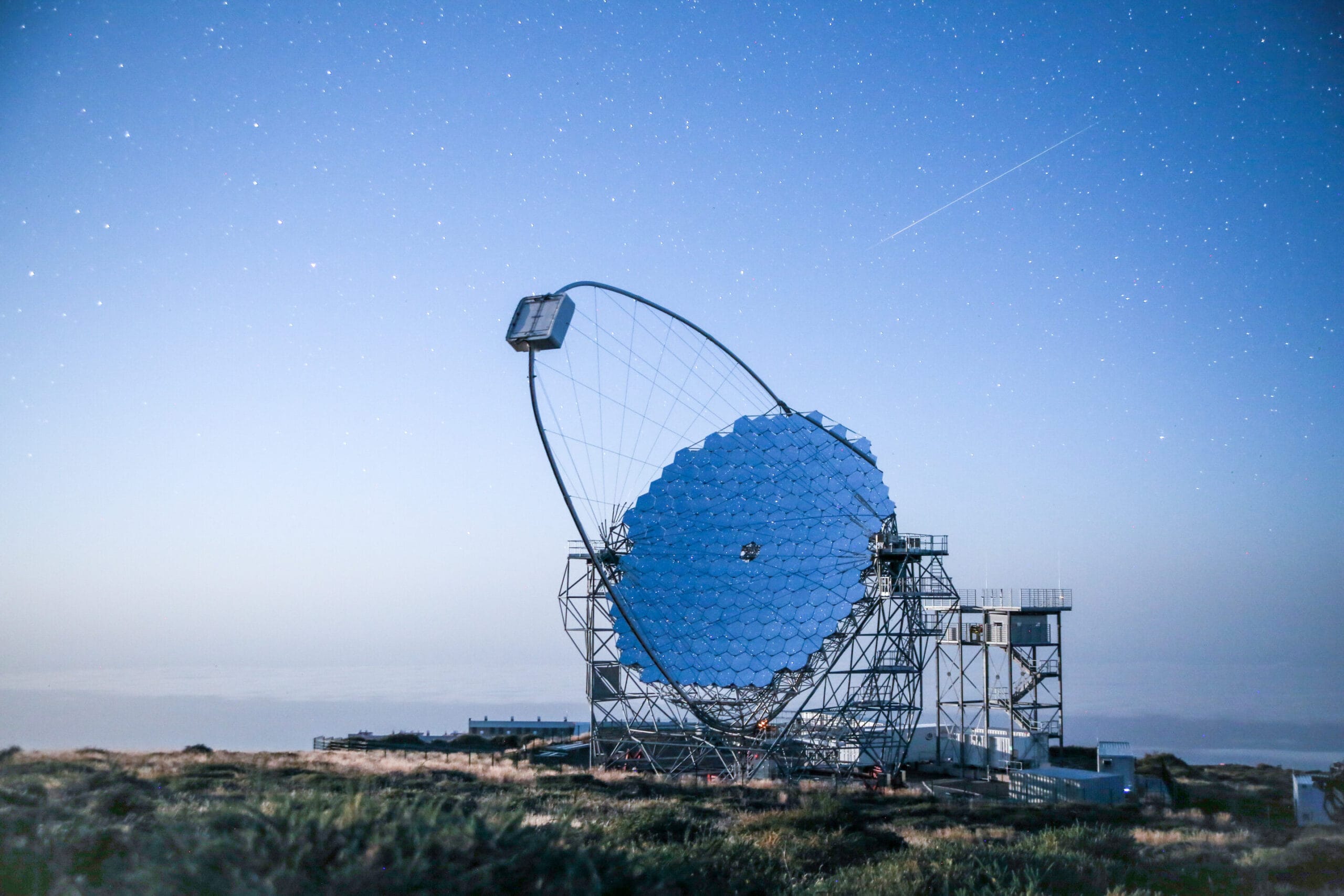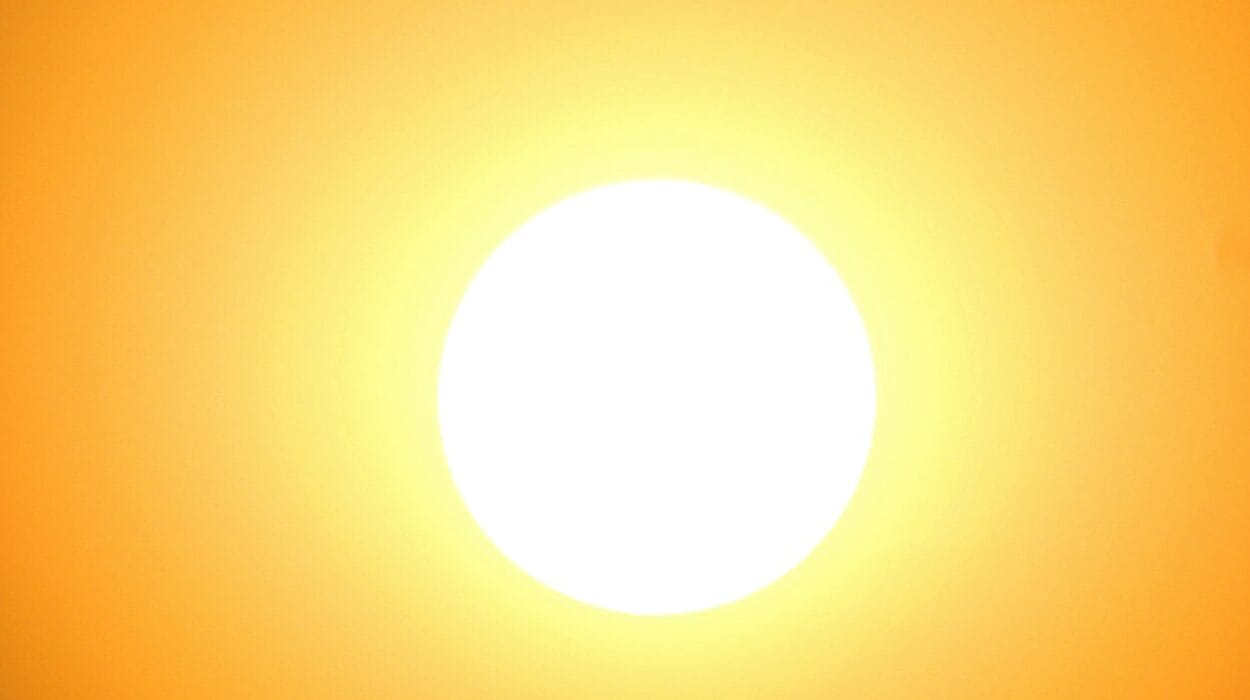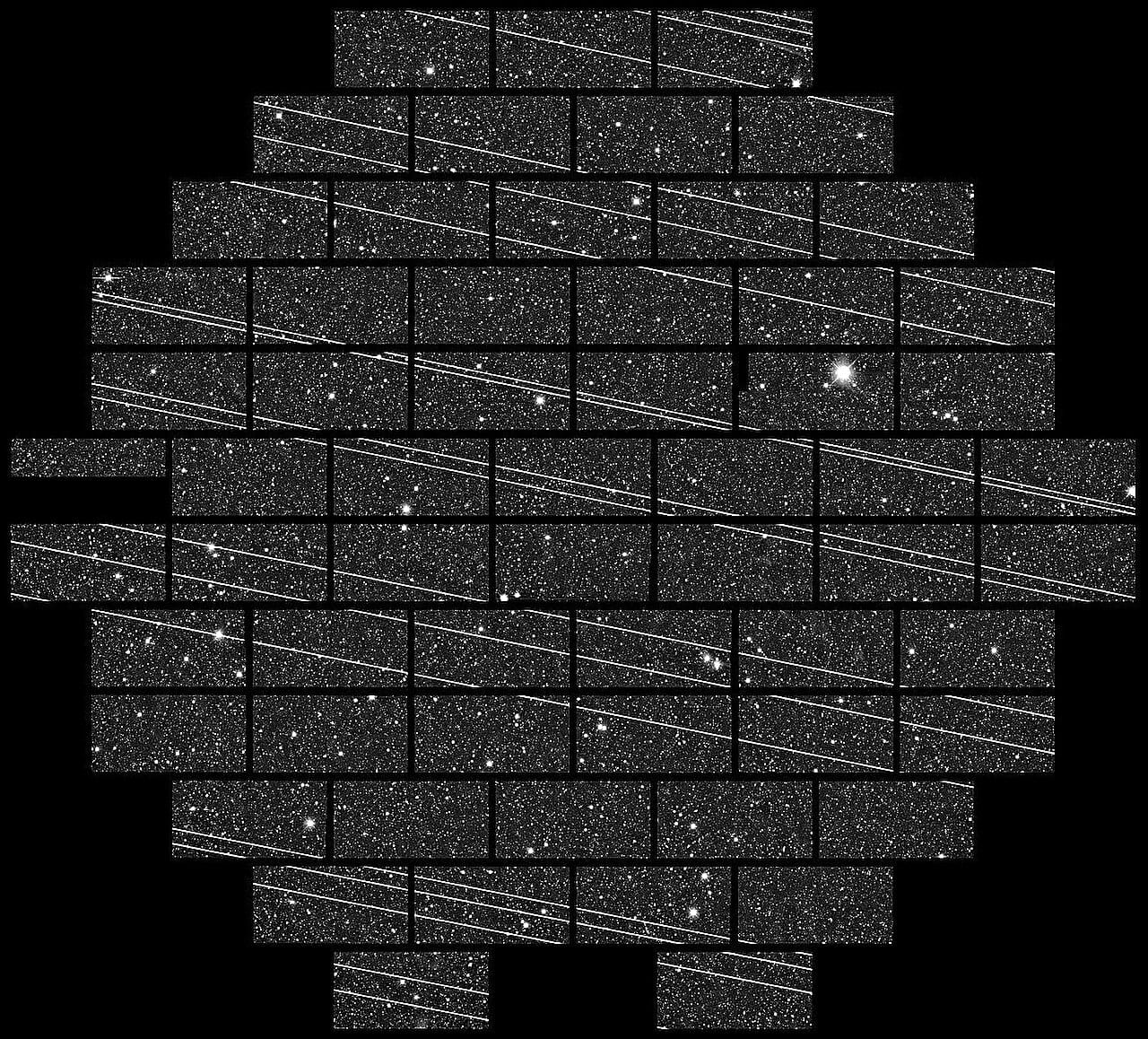On the night of October 9, 2022, the universe flared with an intensity that would echo across time, distance, and instrumentation. A pulse of gamma radiation—the highest-energy form of light known to science—arrived from deep space and struck the Earth’s detectors with such brilliance that it overwhelmed even our most robust systems. Named GRB 221009A, the event would quickly earn the nickname “BOAT” — the Brightest Of All Time — not for poetic flair, but because in a cosmos of spectacular violence, this explosion still stood alone.
Though the burst had crossed over two billion light-years of space to reach us, its power remained almost undiminished. It tore through space-based telescopes like Fermi and Swift, saturating their sensors and triggering a worldwide scramble. Ground-based telescopes, still reeling from the sheer magnitude of what they were witnessing, turned to the skies in haste. Among them was an experimental instrument that had only just begun to find its footing—the Large-Sized Telescope 1, or LST-1, perched high on the volcanic slopes of La Palma in Spain.
It was here, at the Roque de los Muchachos Observatory, that something extraordinary was about to be discovered—not only about GRB 221009A, but about the very nature of gamma-ray bursts themselves.
The Telescope That Defied the Moon
Gamma-ray bursts are not simply cosmic fireworks; they are the universe’s ultimate engines of chaos and creation. In mere seconds, they release more energy than our Sun will emit across its entire ten-billion-year lifetime. But they are also ghosts—transient, unpredictable, and often elusive. Capturing one in the act, especially at the highest energies, is like trying to photograph lightning in a storm from across the ocean.
What made the LST-1’s success so remarkable was not just its timing—it began observations a mere 1.33 days after the burst—but the conditions under which it operated. A full moon hung in the sky that week, flooding the telescope’s ultra-sensitive cameras with ambient light. Under such conditions, most Cherenkov telescopes—designed to capture faint flashes of gamma-induced air showers—would have been blinded. Yet LST-1 had been engineered with this possibility in mind. Armed with specialized technology and an ambitious team, it pressed on.
It was the only very-high-energy gamma-ray instrument able to observe GRB 221009A so soon after the explosion. And what it found was a tantalizing hint—an excess in the gamma-ray flux, a whisper of something extraordinary unfolding in the darkness.
A Glimpse Into the Heart of a Cosmic Jet
From this subtle signature, an entire picture began to form, reshaping how scientists think about gamma-ray bursts. Traditional models imagined these bursts as conical jets—a single, uniform blast of energy moving at near-light speeds, often referred to as “top-hat” jets. But LST-1’s observations suggested something far more complex: a structured jet, layered like an onion or nested like Russian dolls.
At the core of this jet lies a narrow beam of ultra-relativistic plasma, so fast it almost defies the concept of motion. Surrounding this core is a sheath—wider, slower-moving, but still unimaginably energetic. It is this layered architecture, theorists now believe, that helps explain both the extreme brightness of GRB 221009A and the peculiar signature detected by LST-1.
This revelation cuts deep into one of astrophysics’ most profound mysteries: how are such jets born in the first place? Are they driven by the collapse of massive stars into black holes—the so-called “long GRBs”? Or are they the violent aftershocks of neutron stars merging into a singularity, as with “short GRBs”? In the case of GRB 221009A, all signs point to a massive stellar collapse, but the jet’s structure suggests the mechanisms at play are more nuanced and layered than ever before imagined.
The Quiet Triumph of Technology and Perseverance
It would be easy to miss the emotional weight of this achievement amid the flood of data and theory. LST-1 was still in its commissioning phase in 2022, barely out of its infancy. Many systems were being tested and fine-tuned. Yet, against the odds, it became the first ground-based Cherenkov telescope to glimpse the aftermath of the BOAT. Its ability to collect meaningful data under moonlit skies was not just a technical success—it was a symbolic one.
In that moment, science didn’t just observe the universe; it endured it.
The results, published in The Astrophysical Journal Letters, confirmed not a detection in the strictest scientific sense—the excess did not pass the rigorous threshold needed for a definitive signal—but an important boundary was pushed. Constrained upper limits were placed on the gamma-ray flux, effectively ruling out or reinforcing competing models of GRB emission at very high energies. These constraints are like footprints on a foggy trail. They may not reveal the whole path, but they tell us which directions are real—and which are illusions.
A Burst Heard Around the World
GRB 221009A was not a solitary event. It became a siren call across the global astronomical community. Telescopes in every wavelength—from radio to X-ray to optical—joined the chase. The afterglow lingered for days, then weeks, fading slowly like the embers of a dying fire, offering data as it went.
Such events are rare. Perhaps once in a thousand years does a GRB of this magnitude pass so close to Earth. And because these bursts are directional—focused into jets—the chance that one aligns with our planet is even smaller. That the LST-1 was watching at the right time, under the wrong conditions, and still delivered insight, is nothing short of miraculous.
The Dawn of a New Observatory Era
The Cherenkov Telescope Array Observatory (CTAO), of which LST-1 is a prototype, represents the next great leap in high-energy astrophysics. With three additional Large-Sized Telescopes being built on La Palma and parallel construction beginning in Chile for CTAO-South, a dual-hemisphere network is beginning to take shape.
These aren’t just instruments. They are eyes being added to humanity’s gaze—eyes that can see the universe not in calm starlight, but in explosions, collisions, and cataclysms. They will detect GRBs, pulsars, supernova remnants, and perhaps even the dark matter we’ve long suspected but never proven.
In tandem with rapid-response alert systems, the next generation of telescopes will no longer merely follow the universe’s outbursts. They will meet them in real time. That means shorter gaps between detection and follow-up, deeper sensitivity, and a far greater chance of catching the universe in its most unguarded moments.
The Jet and the Engine: A New Mystery
As we look deeper into what LST-1 and its partners found, another question begins to crystallize. If jets from GRBs are indeed structured—if they feature layered motion, variable energies, and shifting compositions—what then is the engine that drives them?
Is it a newly born black hole, spinning with such ferocity that it twists magnetic fields into cosmic dynamos? Or a hypermassive neutron star, briefly resisting collapse, only to implode under its own gravity? The structure of the jet may be a fingerprint of its source, and with each new burst, we gather more pieces of this cosmic puzzle.
Theories are evolving. The binary between long and short GRBs may blur, replaced by a spectrum of events shaped not just by duration, but by mass, spin, magnetic fields, and the surrounding environment. The data from LST-1 is a keyhole, and we’ve only just begun to peer through it.
What It Means to Witness a GRB
For all the science, all the equations and models, there remains something profoundly human in these discoveries. To observe a gamma-ray burst is to look back in time billions of years—to witness a death so violent it briefly outshines its entire galaxy. These events are not merely violent; they are generative. From such chaos emerge black holes, neutron stars, elements like gold and platinum. Our very bodies, our bones, our breath, carry the echoes of such explosions.
In that sense, GRB 221009A wasn’t just a cosmic curiosity. It was a message—an old one, from a place far away, reminding us that the universe is alive with forces we are only beginning to understand.
The Road Ahead
As LST-1 continues to gather data and CTAO grows toward full functionality, we stand at the cusp of an age where no burst goes unnoticed, no explosion passes unmeasured. The BOAT may have been the brightest gamma-ray burst we’ve ever seen, but it will not be the last. And next time, we’ll be more ready.
In the end, it is not just about capturing light. It is about capturing meaning. About finding the hidden architectures of the cosmos in the briefest of flashes, the wildest of energies. It is about reaching into the violence of space and finding—surprisingly—order.
And perhaps, as Einstein once imagined, the deepest truths of the universe are not only intelligible but beautiful.
Reference: K. Abe et al, GRB 221009A: Observations with LST-1 of CTAO and Implications for Structured Jets in Long Gamma-Ray Bursts, The Astrophysical Journal Letters (2025). DOI: 10.3847/2041-8213/ade4cf






